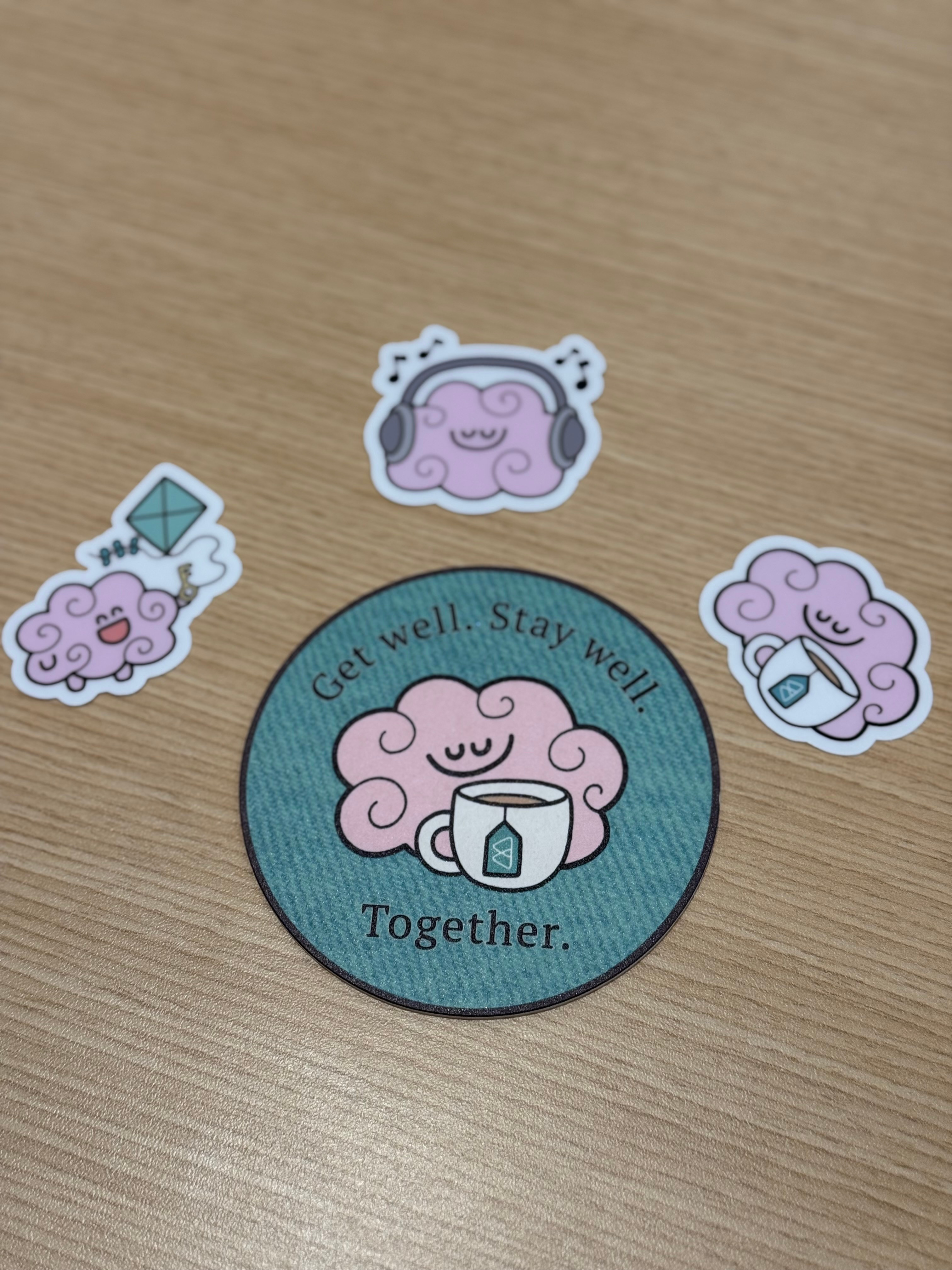In the third-to-last week of my internship, I had the privilege of attending the company’s annual Townhall Meeting. The event covered our business plan, the key metrics that venture capital firms care about, and the team’s roadmap for the years ahead. But the part that struck me the most was not the strategy or the numbers. It was the two patients—both living with treatment-resistant depression—whom the leadership had invited to share their experiences. Speaking with them turned out to be the most impactful moment of all.
When we talk about caring for vulnerable groups, it’s easy to default to lofty words about service and compassion. Yet this experience made me pause: are we, by framing ourselves as “caregivers,” unconsciously placing ourselves above them, looking down instead of standing alongside? For scientists and engineers, data is undeniably important. But what I found myself questioning was this: when we immerse ourselves in data points and electrical signals, do we forget that these signals once pulsed—or are still pulsing—inside living bodies, inside minds capable of thought and feeling?
As part of a team exploring physical neuromodulation as a treatment for depression, I began asking myself: why do we want to use external stimulation instead of medication? Beyond side effects, what else must we consider? During the Townhall, the CEO used an analogy I found unforgettable. At the end of the last century, public payphones allowed us to hear the voices of loved ones far away—a remarkable thing. But payphones lacked personalization. They got the job done, but they could be better. Then in 2007 came the first iPhone, whose defining feature was personalization. Perhaps medications are like payphones: effective in serving broad populations, but limited in their ability to personalize. Dosing may vary from person to person, yes, but that’s more like adjusting the coins you put into the payphone—it doesn’t fundamentally change the experience. Meanwhile, mental health issues continue to climb year after year. Are we, as a society, even ready to face this new order?
One of the patients, Amanda, has worked at Fox for two decades. She’s a wonderfully creative artist, but she also battles treatment-resistant depression. She described the constant fight against an inner voice—like a relentless radar—telling her, “You don’t deserve to live.” To survive, she has had to remind herself, moment by moment, of the value of life. The room grew heavy as she spoke, and suddenly a question that had long troubled me became clear: society has too often dismissed people with mental illness as “too fragile,” when in truth, they are simply ill, no different from those suffering with any other disease.

Stickers designed by Amanda!
What I deeply admire about Motif’s leadership is how they actively weave patients into our work. Amanda, for instance, has contributed to designing our software’s UI/UX. This spirit of inclusion is something rare and precious. And for me personally, I cannot imagine being luckier at the start of my career than having the boss I do. My supervisor—the CTO—has given me countless chances to experiment, fail, and grow, while encouraging me every step of the way. He even takes time each week to review progress with me directly. That steady guidance, the constant conversations, the opportunity to grow within such a supportive team—maybe that’s the best gift of all in the summer of one’s twenties.





Please sign in
If you are a registered user on Laidlaw Scholars Network, please sign in